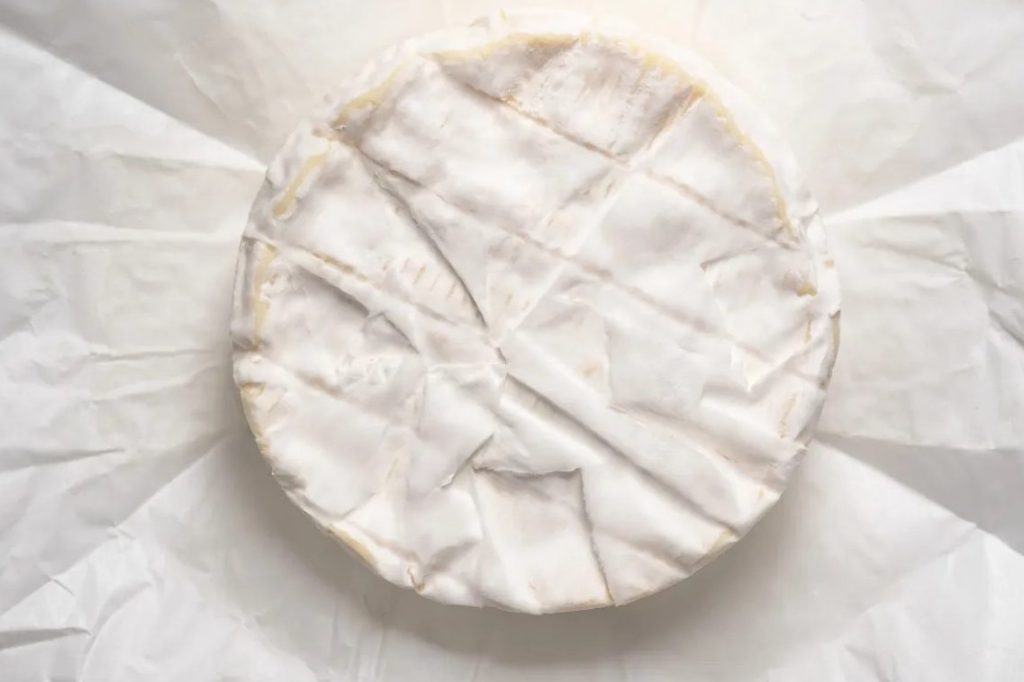Every Thursday morning at Washington Dulles Airport, a French government Airbus disgorges a metal freight container under diplomatic seal. Bypassing US customs inspection, it is transported directly to the French Embassy compound in Georgetown. At midday, elite French diplomats gather to watch as the precious content is unsealed.
Spain thrashed France at the 2023 World Cheese Awards
Along with the diplomatic papers, direct from the Quai d’Orsay, cheese is delivered weekly for French officials in the capital, a country where unpasteurized cheese is cruelly banned. Embassy staff put in their orders a week in advance and get delivered individual baskets of Comte, Reblochon and the soft, smoky goat’s cheese of Sainte-Maure de Touraine. And duty-free Bordeaux, to wash it down. À table!
France claims to be exceptional and so does its cheese, a quintessential emblem of national identity. Now though, in the latest blow to the $37 billion French cheese sector, a biological crisis is threatening two protected cheeses. Camembert from Normandy and the practically indistinguishable Brie from Meaux in the Marne are both said to be potentially vulnerable to extinction. Moreover the crisis facing these iconic cheeses seems to be entirely self-inflicted.
The comic element of this tragedy is that white supremacy is to blame for this crisis and the solution is more diversity, at least in the fungus department. Camembert and Brie are snowy white, the color of powdered sugar, apparently because consumers like it this way. But how does it become so white? The bleached finish of these supermarket cheeses is due to the use of the fungus penicillium camemberti, a living composition of tiny bacterial creatures. Injected into the milk curd produced by fat cows, this produces the uniform, chalky whiteness.
Camemberti is remarkable but it has been abused. The fungus is weakening and is menaced with exhaustion and inefficacy, and with it Camembert and Brie, says the CNRS, the country’s leading scientific research center. The problem is that mass production has led to a drastic reduction in the variety of cultivated fungal strains. The most common has now lost its ability to reproduce, meaning factory workers are struggling to extract large enough volumes of spores for inoculation and ripening.
General de Gaulle famously said of France, “How can anyone govern a country with 246 varieties of cheese?” The secret the French won’t admit is that many of these are rather forgettable, including Brie and Camembert, at least in their present miserable manifestations. I have a little list of those that could follow if one were minded to start canceling cheeses, topped by Emmental, with which the French ineptly attempt to make pizza.
Put aside your bucolic fantasies that Camembert and Brie are lovingly and traditionally crafted goods created by stout peasants wearing smocks and black berets, milking the cows by hand and stirring the curd in a wooden trough. These products are mostly churned out in giant dairy gigafactories where milk is turned into cheese, butter and yogurt. It’s a giant agribusiness.
A similar threat is also posed, the scientists say, to penicillium roqueforti, the key to Roquefort, a blue brebis sheep’s cheese with notes reminiscent of English Silton. A mere 5,000 tons a year are produced. The rugged country around Roquefort-sur-Soulzon in the Aveyron is populated by hardy sheep, eagles and proud shepherds, making their cheese in temperature and humidity controlled caves essentially in the same way for 1,000 years.
Since the A75 motorway and nearby Millau Viaduct opened twenty years ago, the area is no longer quite so isolated but there’s still a very unique vibe. Roquefort is thinly inhabited by babacool hippies who live in yurts. It’s a place uncomfortable with modernity. The MacDonald’s in Millau was famously leveled by an anti-capitalist altermondialiste armed with a tractor. Roqueforti is healthier than camemberti and there is an alternative fungus if the worst happens but the makers still need to be careful, the scientists have warned.
The French are not the only people in the world who know how to make cheese. Neal’s Yard Dairy in London is currently offering thirty-four English Brie and Camembert equivalents and as much as my French friends might refuse to believe it, they are much more innovative, more delicious, more authentically artisanal, more colorful and more diverse in their use of fungi than the homogeneous brands you find in France.
Noteworthy is that traditional French Brie and Camembert were never as white as they are now, a white that is almost frightening, pure as a lotus. Traditionally, these cheeses used to be unashamedly mouldy — green, orange, gray, splotchy. Mass market cheese is dismal everywhere and Camembert and Brie are among the worst, just one small step ahead of Cheez Whizz and low-fat Philadelphia faux-cheese spread.
Spain thrashed France at the 2023 World Cheese Awards where no French cheese was awarded the Super Gold title, the highest accolade. Spain is also outcompeting France in fruit, vegetables, and even wine, provoking violence by French farmers and recent blockades on French motorways, which only ended when the government capitulated and promised the farmers more subsidies and more protectionism. Meanwhile, the very best cheese in the world is Norwegian.
The annual Salon d’Agriculture starts in Paris in a few days and the president, prime minister and 600,000 others will attend. The Salon de Fromage is at the same venue at the end of February. The French should (but won’t) use these events to take a hard look at themselves and their surrender as masters of the physiology of taste. Even if reports of the death of Brie and Camembert are exaggerated, and scientists in search of funding have been known to exaggerate, France’s lead in global gastronomy is gone.
This article was originally published on The Spectator’s UK website.


























Leave a Reply